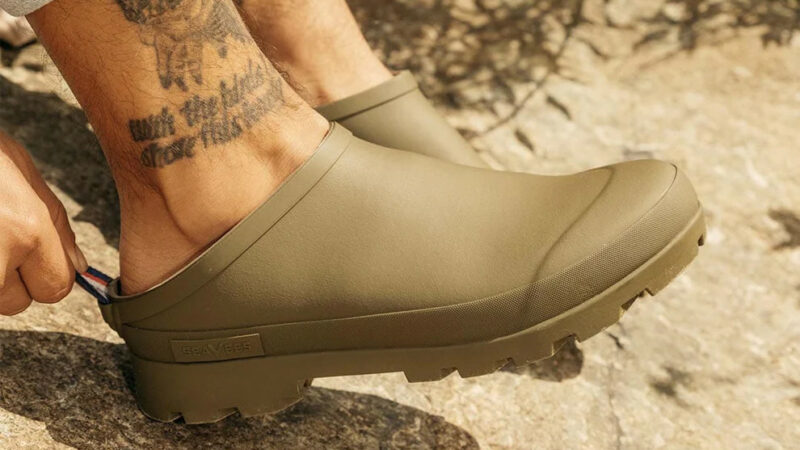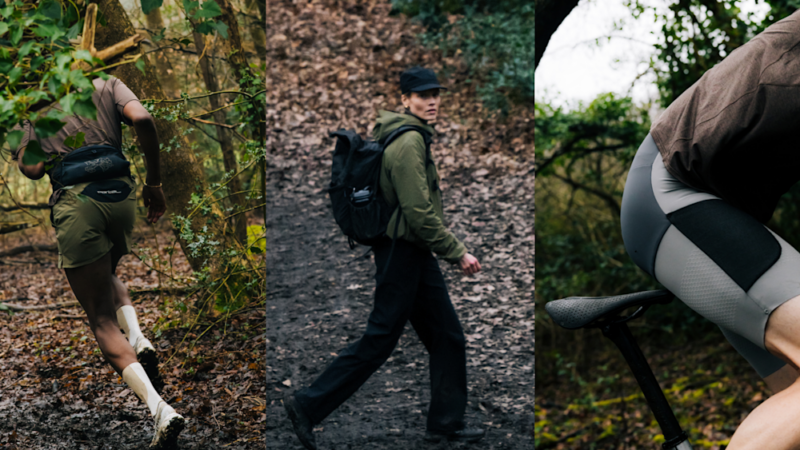Why More Outdoor Companies Are Turning to Hemp

Beyond sustainability, Jungmann also saw potential in hemp as a performance fabric, integrating it heavily into the Manastash line of climbing apparel. “As I hiked, biked, climbed, and camped in it, it soon became my go-to,” Jungmann continues. “It allows superior air circulation and its wicking properties absorb and release moisture, keeping you dry and chafe-free. Plus, hemp is naturally antimicrobial, reducing bacteria growth and prolonging the life of your clothing.”
Its performance as a crop is equally noteworthy. Dr. Tasha Lewis, a professor of fashion and retail studies at Ohio State affiliated with the Sustainability Institute, explained that hemp is considered a regenerative crop. “It can grow with very little water and without the use of pesticides, it draws CO2 into the soil, and it can filter soil contaminants,” said Lewis.
Jungmann’s work with the HIA eventually helped lay the groundwork for a 2018 legislative change that removed hemp from the Controlled Substances Act, aiding its growth and allowing more brands to weave it into their lineups. Yet the ruling didn’t create a hemp apparel explosion right away. Jungmann explained that processing hemp can be a costly and complex undertaking, and the infrastructure for doing so had to be built from the ground up. Not to mention the necessary overhauling of hemp’s image for consumers. Now, six years later, some of that work is coming to fruition as hemp increasingly becomes a part of outdoor performance apparel.
Source: https://www.fieldmag.com/articles/hemp-clothing-outdoor-apparel-trend







